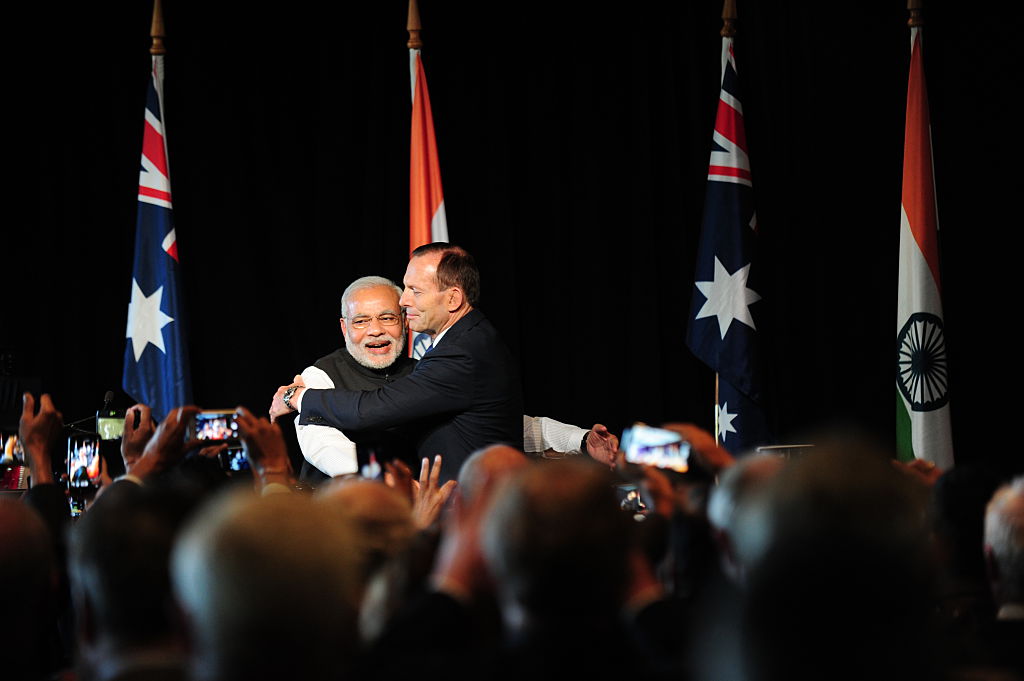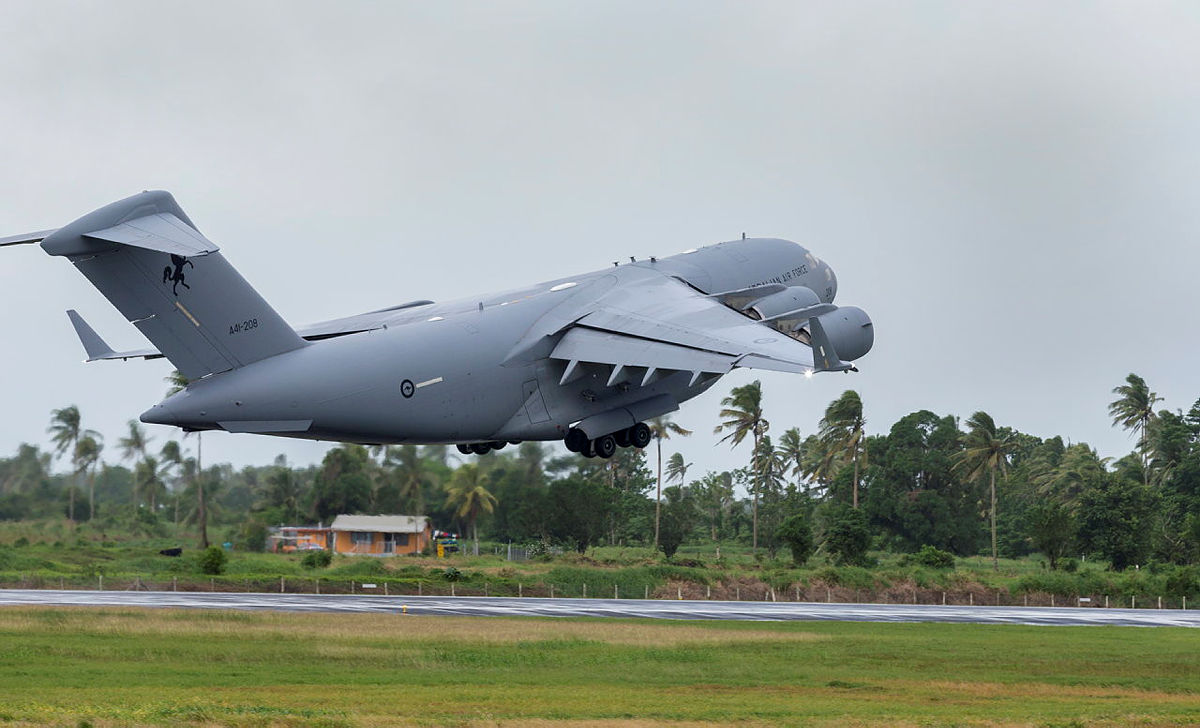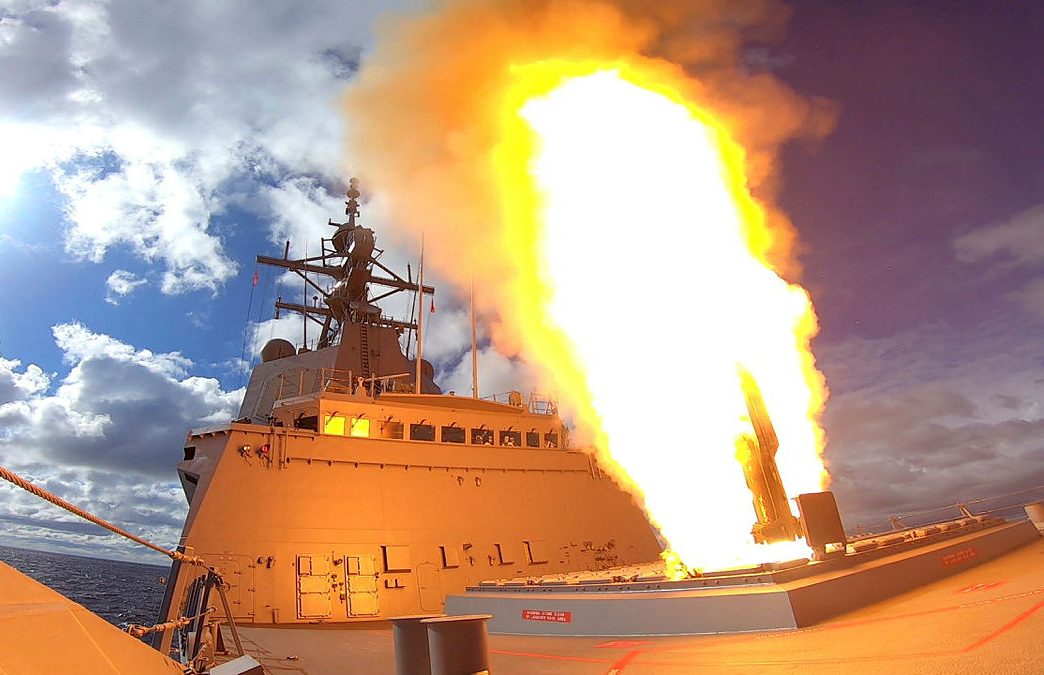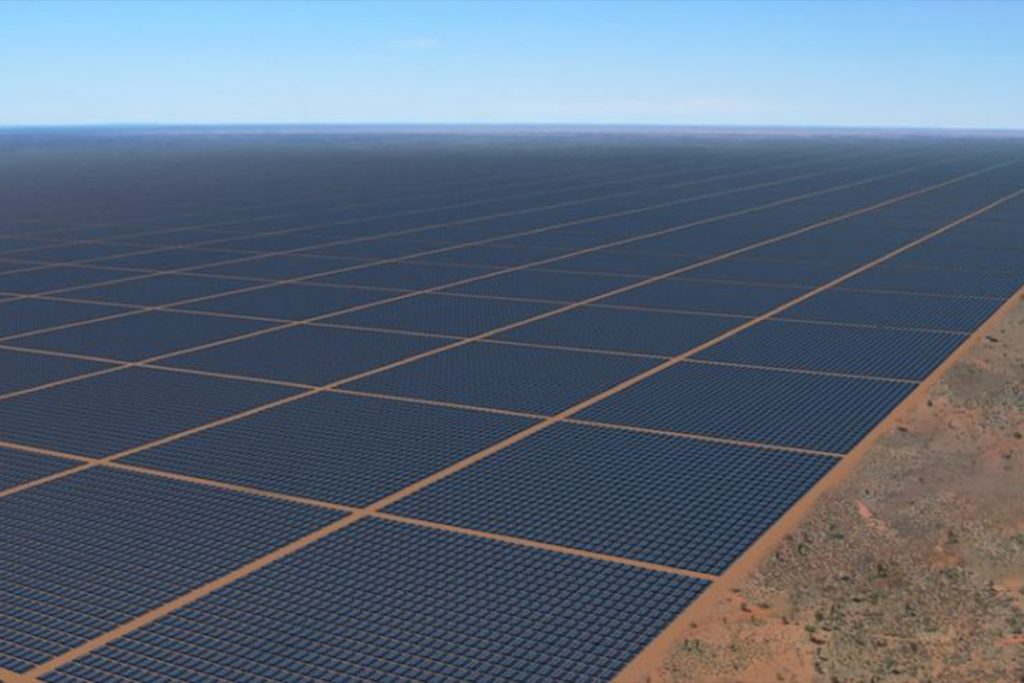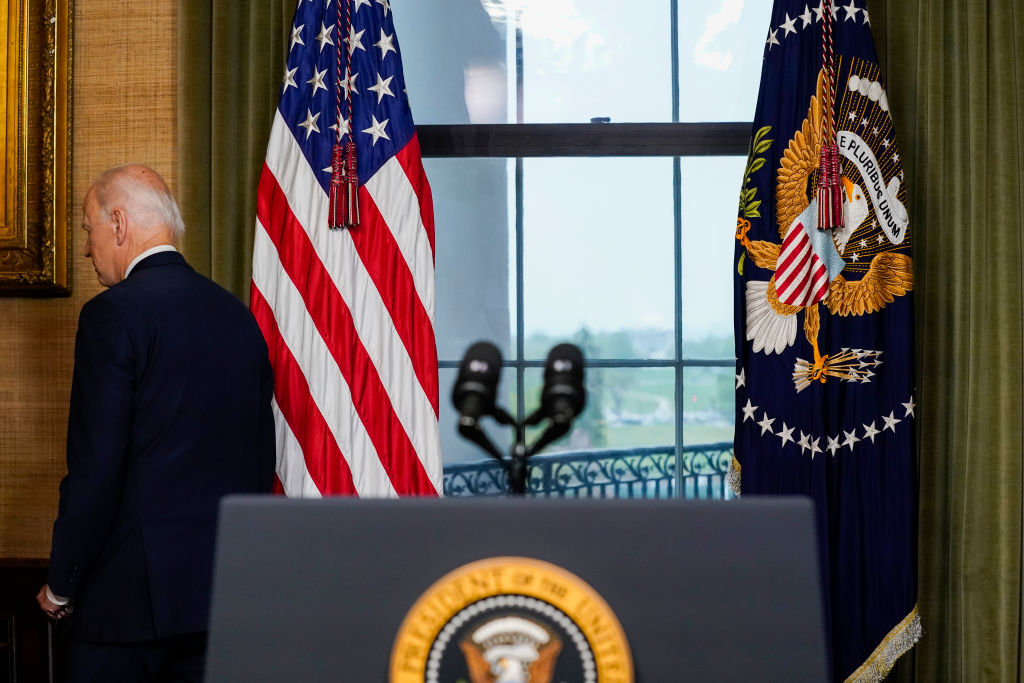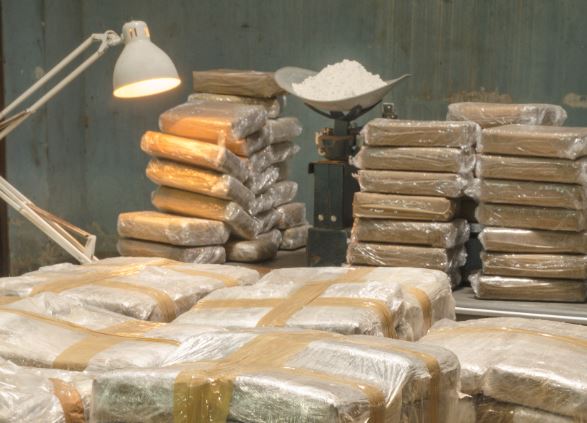Australia must adapt to reduced warning time ahead of conflict
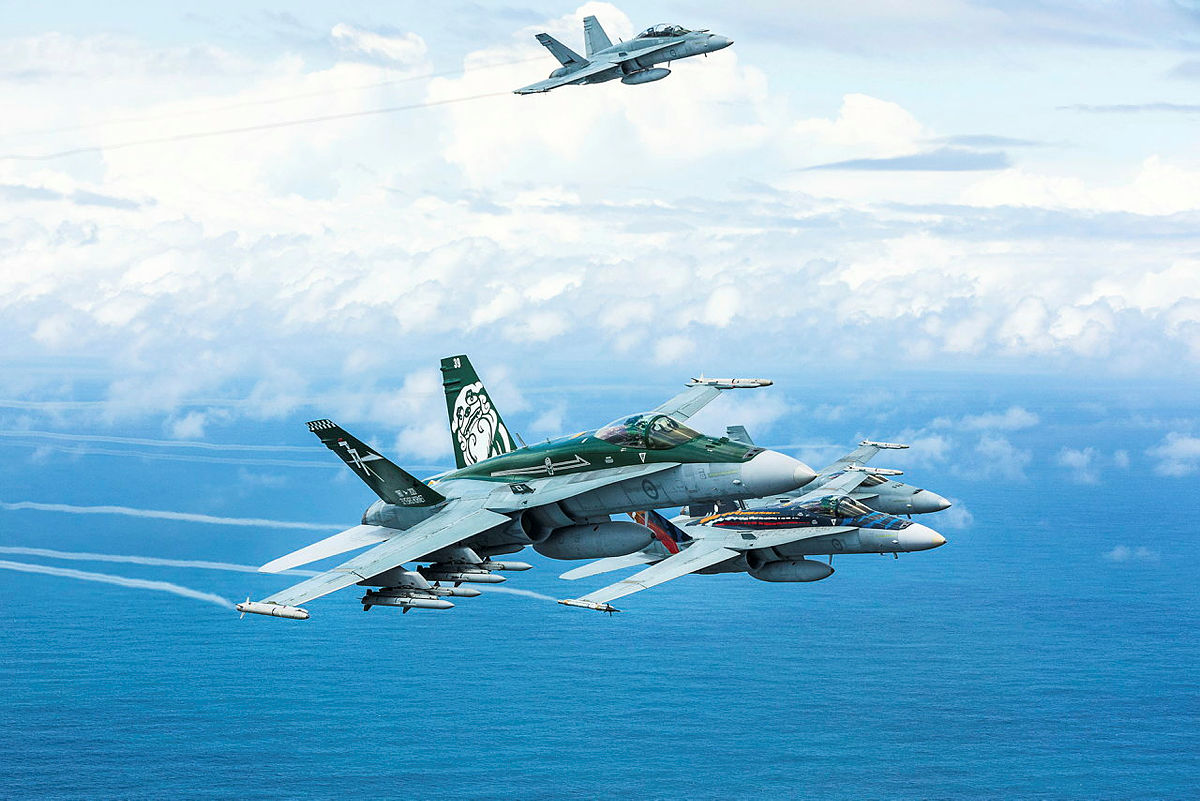
As the regional strategic situation becomes more dangerous, and with threats likely to escalate rapidly, Australia needs to appoint a senior intelligence officer to assess daily the possibility of a surprise attack.
The warning is contained in a new report for ASPI by two of Australia’s most highly respected military thinkers, Paul Dibb and Richard Brabin-Smith, both former senior Defence officials now with the Australian National University.
In Deterrence through denial: A strategy for an era of reduced warning time, Dibb and Brabin-Smith say that in view of the radical contraction in warning time ahead of a conflict from the long assumed 10 years, Australia needs to appoint a national intelligence officer (NIO) for warning.
Possible threats extend from coercion and ‘grey zone’ unconventional attacks with little or no warning through to sustained high-intensity military conflict testing Australia’s sovereignty and security.
Dibb and Brabin-Smith say there may little or no warning of cyberattacks able to disable key elements of society, such as the internet, electricity generation, water supply, air transport and the financial sector. ‘Those are examples of so-called grey-zone threats in which it might be difficult to declare whether we were under deliberate attack or not—and, if so, from which state or non-state entity.’
During the Cold War, when warning of a surprise attack was a critical priority, the CIA had an NIO for warning whose sole task was to scrutinise daily the incoming evidence from intelligence indicators and subject them to critical assessment.
In Australia, an NIO and a national intelligence warning staff, could be located in the Office of National Intelligence or the Defence organisation. The team should include officials from various disciplines including intelligence officers skilled in the interpretation of political, strategic and military warning indicators, and some should have policy backgrounds.
This officer would need access at the highest levels of decision-making—including briefing cabinet’s national security committee in times of impending crisis.
Dibb and Brabin-Smith say Defence also needs to establish a directorate of net assessments to rigorously test conflict contingencies and the capabilities of ‘blue’ (Australian) and ‘red’ (adversary) forces with particular emphasis on Southeast Asia and the South Pacific.
The challenges of short- and medium-term contingencies would be formidable, the authors say, with round-the-clock operations needing to be sustained over months rather than days and resulting in increased demands on fuel supplies, aircrew, munitions and maintenance spares.
‘Ministers need to be left in no doubt about the risks relating to the ADF’s ability to move quickly to higher states of readiness and then to sustain operations, including with respect to timely resupply from the US, potentially at a time when US forces would also be operating at a higher tempo.’
Given the likely maritime nature of those contingencies, priority needs to be given to investing in increased preparedness for the navy and the air force.
The authors say Taiwan requires separate assessment because of the increased military pressure with which China is now threatening it and the raised prospects of conflict with the US.
It’s not credible for Australia to imagine that a military crisis involving China and the US won’t occur in the Taiwan Strait, say Dibb and Brabin-Smith. Nor is it credible for Canberra to believe that Australia can get away without fighting alongside its US ally.
They warn that the prospect of a military emergency in the South China Sea involving Australian warships needs to be seriously analysed with a clear understanding of the risk.
‘While it’s unlikely that China would directly attack our continent, we must prepare for credible contingencies involving Chinese military coercion in our immediate strategic space.
‘That coercion could involve the threatened use of military force, including from future Chinese military bases located to our north and east. Ignoring such probabilities risks strategic surprise involving our key national security interests.’
The directorate of net assessments will need to simulate high-level political and policy decision-making with a real time sense of urgency rather than playing theoretical war games. It must involve a wide range of talent and skills—civilian and military—across all domains of conflict.
Since 1973, such an office at the Pentagon has provided long-term comparative assessments of trends, key competitors, risks, opportunities and future prospects of American military capability to the US government, military commanders and intelligence agencies.
Dibb and Brabin-Smith strongly support the intention in Australia’s 2020 force structure plan to equip the ADF with long-range strike missiles, including anti-ship, air-to-surface and surface-to-surface missiles. ‘We now need to think in terms of missiles with strike ranges in thousands, as distinct from only hundreds, of kilometres.’
These can provide a decisive deterrence edge in the coming decades. ‘We note here that the ADF no longer has F-111 long-range strike bombers and that the new Attack-class submarines won’t be available until well into the 2030s.’
The 2020 defence strategic update says the introduction of additional, longer range strike systems, along with cyber capabilities and area-denial systems, will be critical to the ADF delivering a credible deterrent.
The intention is to be able to hold potential adversaries’ forces and infrastructure at risk from a greater distance to make them consider the likely cost of threatening Australian interests.
Dibb and Brabin-Smith say highly accurate, long-range missiles will provide ‘deterrence through denial’ and lessen Australia’s dependence on warning time.
Acquiring that deterrent capability must now assume the highest priority in the government’s defence planning, they say.
There needs to be an increase in weapons inventory across the ADF to ensure that stockholdings and resupply arrangements can sustain combat operations—including in high-intensity conflict—if global supply chains are at risk or disrupted. A sovereign guided-weapons manufacturing capability would underpin this deterrence.
‘Any credible future enemy operating directly against us will have highly vulnerable lines of logistics support back to its home base in North Asia. Therefore, having the capability to destroy an adversary’s forces and infrastructure directly threatening us would greatly enhance our deterrence posture. Solid deterrence provides a hedge against surprise, raises the costs to an adversary of acting against Australian interests and, if sufficient, makes an enemy’s attack irrational.’
Dibb and Brabin-Smith weigh the concepts of ‘deterrence through punishment’, which is attacking the adversary’s territory, and ‘deterrence through denial’, which is limited to attacking the adversary’s forces and associated infrastructure directly threatening Australia.
‘The bottom line for defence policy is that, as confidence in deterrence by denial goes up, our dependence on early response to warnings should go down.’
They say the idea of Australia being able to inflict unacceptable punishment on a big power such as China is ridiculous.
The great disparity in military power is reflected in Australia’s cautious approach to freedom of navigation operations in the South China Sea.
‘If, nevertheless, Australia were to decide to position itself to be able to make such contributions, it would need to accept that close-proximity freedom of navigation operations could risk the loss of one of our warships and significant casualties.’
In 2013, the architect of Russia’s hybrid warfare, chief of the general staff General Valery Gerasimov, declared a new warfare doctrine in which conventional war between armies would be a thing of the past.
Instead, he called for ‘long-distance, countless actions against the enemy … Informational actions, devices and means … with the information space opening wide asymmetrical possibilities for reducing the fighting potential of the enemy’, and said a perfectly thriving state would sink into a chaos under such an attack.
Dibb and Brabin-Smith say drones and artificial intelligence can be added to Gerasimov’s list as weapons making it difficult to define who the enemy is.
‘So, we must now factor in a new definition of defence warning that has to embrace not only the traditional use of force but grey-zone activities in which the precise moment of attack might be difficult to detect. This calls for a radically new approach to warning and the sorts of intelligence indicators that may—or may not—confirm that we’re under an enemy attack.’
Dibb and Brabin-Smith make a sobering observation about Australia’s reliance on the US.
Traditionally, they say, governments make few intelligence assessments about their allies and it’s been considered improper for Australian agencies to assess the strengths and vulnerabilities of the US.
That has changed.
‘It would be irresponsible, given the recent domestic turmoil and unpredictability in Washington, not to undertake a well-informed analysis of where we think the US is going in its confrontation with China and Washington’s support of allies, including the role of extended nuclear deterrence,’ say the authors.
‘We need to accept in our strategic thinking that America is now a more inward-looking country that will foreseeably give more attention to its domestic social and political challenges. It also needs to be remembered that the US has—from time to time–undergone severe bouts of isolationism. We don’t think that’s likely to happen under the Biden administration, but it could recur under a differently motivated presidency.
‘We need prudent analysis about how the US will react to its own warning indicators of potential military attack and what it would expect of Australia. In our own broader region, we can’t afford not to be fully informed about US contingencies in Taiwan or the Korean Peninsula, so we need to assess US military capabilities as well as Washington’s intentions.’

